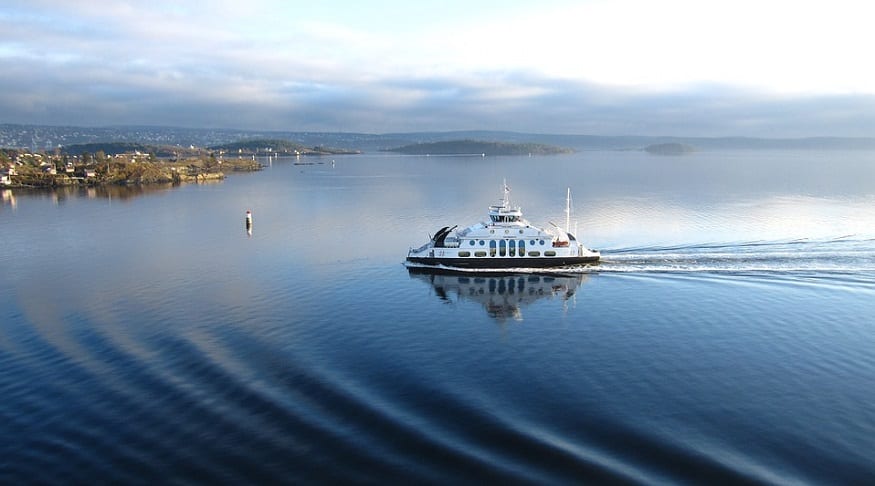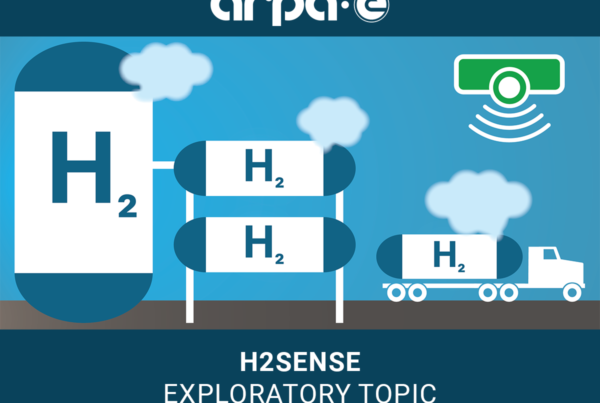
In this weeks Friday Fallback story we feature a story from September 2022, which featured a study conducted by the German Aerospace Center (DLR) found that fuels derived from green hydrogen could offer an environmentally-friendly alternative to current fossil fuel-based systems
Fuels that use green hydrogen are potentially an ecologically valuable alternative to today’s fossil drives. And, according to a DLR study, the costs could also drop significantly through the development of a hydrogen economy.
In the future, fuel cells will represent an attractive alternative for ferries to the use of diesel or heavy fuel oil, which is still common today. This is shown by the EU project HySeas III, which the German Aerospace Center (DLR) is researching. Central content: whether and under what conditions alternative drives based on hydrogen fuel cells are a solution. Researchers at the DLR Institute for Networked Energy Systems in Oldenburg have created a market analysis. They also looked at the effects of this technology on the environment, the economy and employment in a life cycle analysis. As an example, they used the route specified by the research project between Kirkwall and Shapinsay on the Orkney Islands in northern Scotland.
Expertise in Scotland
“Ferries that are powered by fuel cells and hydrogen from renewable sources are definitely an alternative on this route. In this way, around 80 percent of greenhouse gas emissions could be saved – from production and operation to scrapping,” sums up DLR scientist Juan Camilo Gómez Trillos. The only emission produced during the operation of fuel cells is water or water vapour. However, harmful emissions are currently still occurring during the production, operation and disposal of the ferry and the hydrogen infrastructure. However, the scenario is particularly attractive because Scotland already generates a lot of renewable electricity locally with wind power. In fact, so much that it is not only fed into the power grid, but also converted into hydrogen by electrolysis.
However, the economic considerations cloud the balance of alternative concepts. Because the investment costs for hydrogen ferries are still around 25 percent higher today. This is mainly due to the currently very high production costs for fuel cells and the expensive materials used, such as platinum. The operating costs per kilometer were also around 50 percent higher (as of December 2021), mainly due to the currently relatively high price of hydrogen. “However, these numbers could change in the future, depending on how the political framework conditions relating to climate protection change,” says Gómez Trillos. This could happen, for example, through a CO 2 tax or the development of a cross-sectoral hydrogen economy.
Hydrogen interesting for smaller ferries
The DLR researchers considered as part of HySeas IIIso-called RoPax ferries for the analysis of the market potential. The abbreviation stands for roll-on-roll-off ferries, which transport passengers and where the cargo – i.e. cars and trucks – is brought on and off the ship. This type of ship can vary considerably in size, tonnage and equipment. The market is also structured very differently in terms of operators, owners and routes. According to ship flag and number of ships, Europe has the largest share of the global RoPax market with more than 42 percent, followed by Indonesia with ten percent and Japan with seven percent. The service life of these ships is around 35 years, the average age of existing ships is 24 years. “In around ten years, a significant proportion of these ships will have reached the end of their lives. This is another incentive
The study therefore sees great market potential above all in Europe with interesting markets in the Scandinavian countries, Great Britain, Italy, Greece, Turkey and Germany. “Fuel cell-powered ferries are particularly suitable for routes with several intermediate stations or for longer distances – which battery-powered ships cannot do- a solution, but more in the segment of smaller ships. Because here you can work with fuel cell technology that is available on the market and enables drive power of around two megawatts,” describes DLR expert Juan Camilo Gómez Trillos. With regard to jobs, the study sees an effect in the production of ships and the components for fuel cells and infrastructure. Investments and employment effects will mainly be present at the beginning, rather less during operation and when the ferries are scrapped.
Read the most up to date Fuel Cell and Hydrogen Industry news at FuelCellsWorks




